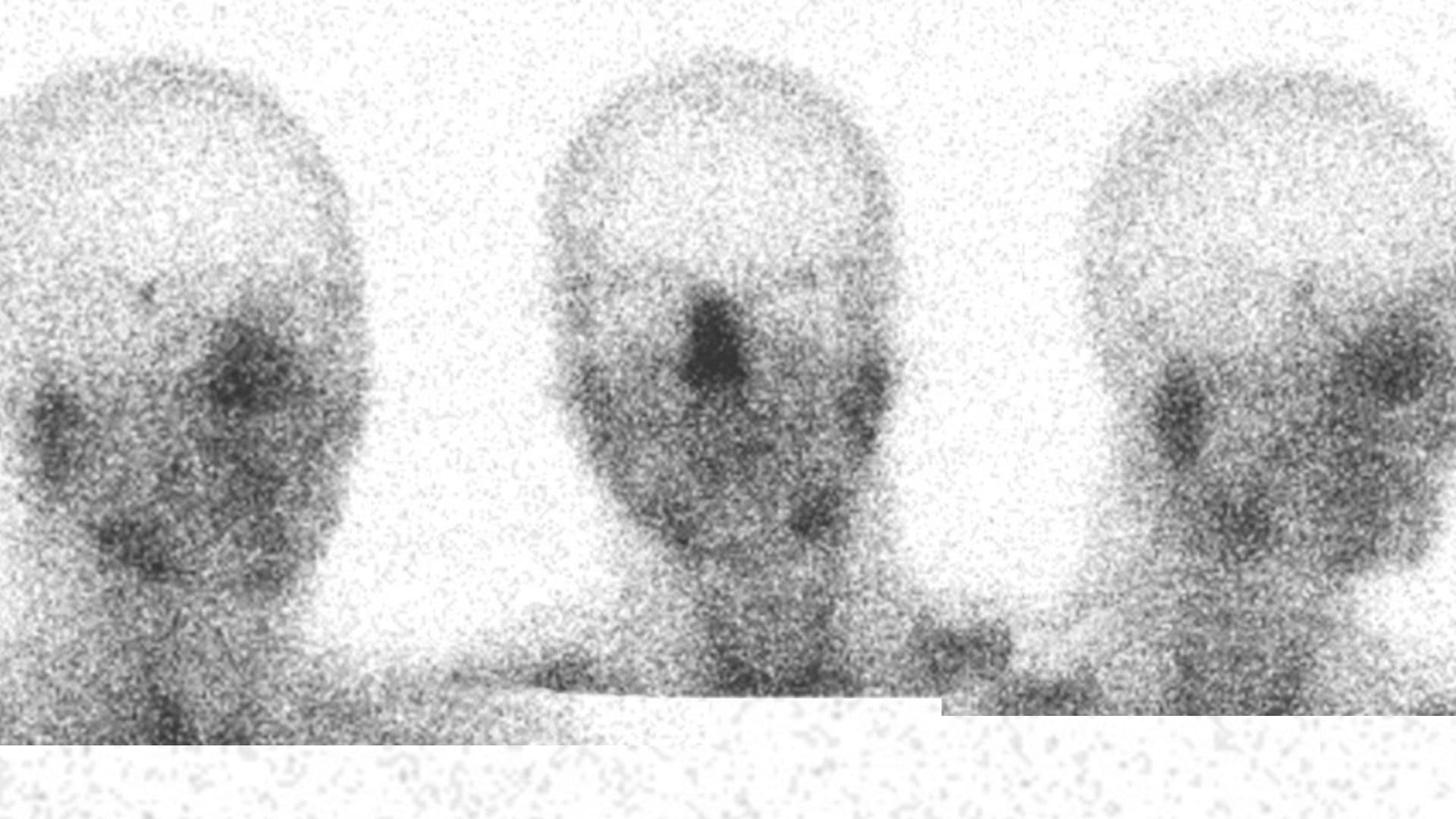In August, The New York Times reported that President Donald Trump’s administration was “cracking down” on the organ transplant system, which the newspaper attributed, in part, to its own investigative report from July suggesting that U.S. patients had nearly been killed for their organs.
The Times reported that a woman was still alive when surgeons began working to remove her organs. In another case, a surgical technician said she was deeply disturbed and quit her job because she saw a patient “crying and looking around” before a doctor sedated the patient and removed life support. The article also alleged that “signs of life” were ignored in patients being considered for organ donation.
These cases have been portrayed as evidence of systemic safety gaps in the organ donation system, a conclusion that has been echoed without skepticism in a Congressional hearing and numerous other public statements spanning the political spectrum, from MSNBC to Newsmax. In September, KFF Health News uncovered a new organ donation horror story. The facts were similar to the prior reports — but the article also suffered from some of the same misconceptions.
A dangerous pattern is emerging in media coverage of these topics. A previously expert-driven debate (still far from settled) about the medical and legal frameworks and best practices in end-of-life care is turning into a political exercise in finger-pointing. Even at this early stage, there is collateral damage: Unprecedented numbers of Americans are removing themselves from organ donor registries.
With thousands of lives hanging in the balance, it’s critical to understand how recent news coverage has confused some of the fundamental issues involved. Organ donation is complex. Much of the recent reporting has misled and unnecessarily alarmed the public.
Since 2020, more than 30,000 Americans have donated their organs after circulatory death. This practice is a growing alternative to the more common path for organ donation, which occurs after brain death, in which all neurological function has ceased but other vital organs remain healthy. Circulatory death happens when, for any number of reasons, the heart can no longer supply blood to the brain and the body, and it is how about 98 percent of people die. The practice has grown significantly over the last two decades, and the impact on the organ shortage has been profound: Nearly half of U.S. deceased organ donation now takes place after circulatory death.
Even at this early stage, there is collateral damage: Unprecedented numbers of Americans are removing themselves from organ donor registries.
Only about 0.3 percent of all deaths in the U.S. lead to organ donation, and so this medical miracle is rare. It can only occur when the patient or their family has chosen to end life-sustaining treatment, once no hope remains for a meaningful recovery or the patient has been declared brain dead. In the U.S., this deeply personal decision is made by the patient or their legal surrogate, typically next of kin. This triggers a profound paradigm shift for doctors: The oath to “do no harm” takes on the meaning of protecting the patient from pain and suffering during the dying process.
The July New York Times article portrays patients as being sedated or ending life support because they’re organ donors. Yet, the piece mostly alleges mistakes made during the underlying process of withdrawing life-sustaining treatment and not the organ donation process itself. In other words, the alleged errors would have happened whether the patient was an organ donor or not. This is a stunning error in a piece whose titular thesis is “A Push for More Organ Transplants is Putting Donors at Risk.”
Whether organ donation is involved or not — and in most cases, it’s not — withdrawing life support is deeply emotional for medical professionals, who experience burnout, post-traumatic stress disorder, and moral injury from their work. Numerous health care workers are involved in each organ donation case. Not all of them may fully understand what they’re seeing: They may lack necessary case knowledge, qualifications, or both. So, for instance, when The New York Times reported that the surgical technician left the field because she felt like she was “part of killing someone,” they uncovered an important set of problems. Just not the ones they thought.
One of these problems is that we must be far more sensitive to the psychological toll that withdrawal of life-sustaining treatment can take on medical workers. Another is that organ donation protocols are layered onto a patchwork landscape of hospital practices for end-of-life care. Standardization of these end-of-life practices is needed — and that’s easier said than done.
What about the bombshell report of a woman who was allegedly still alive when surgeons tried to remove her organs? The details reported in The New York Times article do not show this convincingly, and the medical experts who the Times consulted on the case suggested a premature declaration of death. This is not the same as saying the patient was alive. In fact, the reported details match an uncommon but well-studied phenomenon called autoresuscitation, in which varying degrees of cardiac activity and respiratory movement are observed after circulatory death. It’s sometimes colloquially referred to by health care workers as “reanimation,” which is exactly what appeared in the notes of two different medical teams that worked on the case. Terms like “autoresuscitation” and “reanimation” can describe a variety of completely distinct phenomena that might be seen in a patient after medical intervention, creating a recipe for confusion.
As a 2021 study in the New England Journal of Medicine explained, an autoresuscitation event absolutely does not mean the patient was alive in any sense that would be meaningful to a reader. After life-sustaining care is withdrawn, autoresuscitation events are a known part of the dying process, not a return to life. These events don’t create anything close to the arterial pressure needed to supply blood to the brain, and there are no reports of such patients recovering or regaining consciousness.
Organ donation protocols are layered onto a patchwork landscape of hospital practices for end-of-life care. Standardization of these end-of-life practices is needed — and that’s easier said than done.
One part of the article with the most potential to be misunderstood was that the surgeons witnessing this event immediately ended the procedure. This is not evidence that a terrible mistake must have occurred, but in fact it showed the organ donation system protecting donors exactly as designed. When health care workers see anything unusual or have doubts, the organ donation process comes to a halt. No system staffed by thousands of human beings can be perfect. That’s why many different guardrails are in place.
This cautious approach does result in missed opportunities for organ donation, which frequently means that one or more patients on a transplant waitlist will not receive an organ in time. But the system is built this way for one all-important reason: to maintain public trust. Many Americans on waitlists to receive an organ have given their lives to safeguard that trust. Yet misinformation now stands to undo much of that progress. The seeds of mistrust have now been planted in the field of organ donation, and they may continue to grow for decades — unless the news media makes a concerted effort to correct the narrative and get the story right.
The miracle of organ donation is fragile. It must be handled with care.
Jedediah Lewis, J.D., is the CEO of the Organ Preservation Alliance, a nonprofit focused on improving organ donation logistics.
Hedi Aguiar, R.N., M.S.N., is the founder of Fundamental Roots, which provides professional development and communication training nationwide, with a special focus on organ donation and hospital collaboration.
Adam Schiavi, Ph.D., M.D., is an anesthesiologist and neurocritical care specialist at The Johns Hopkins Hospital.
All views are their own and are not expressed on behalf of their institutions.













[Translated from German]
A very interesting article that highlights the crucial importance of trust and accurate information in the debate about organ donation. The authors convincingly demonstrate how damaging misinformation is to willingness to donate.
One point that got me thinking concerns the international dimension. The authors mention the situation in the US. I wonder how these problems play out in other healthcare systems, such as the UK. A recent article I read at https://uktransplant.org/uk-transplant-waitlists-decreased-donor-allocation for example, addressed how a reduced number of donors specifically affects waiting lists and what strategies patients have to cope with this.
Against this backdrop, I wonder: In your opinion, are there lessons that national health systems like Germany’s can learn from each other to strengthen trust in organ donation while simultaneously further improving medical protocols? How can better public education about processes like “circulatory death” and “autoresuscitation”—which are clearly explained in the article—help defuse the alarming headlines?
[Original comment]
Sehr interessanter Artikel, der die entscheidende Bedeutung von Vertrauen und korrekter Information in der Debatte um Organspende hervorhebt. Die Autoren zeigen überzeugend auf, wie schädlich Fehlinformationen für die Spendebereitschaft sind.
Ein Punkt, der mich nachdenklich gemacht hat, betrifft die internationale Dimension. Die Autoren erwähnen die Situation in den USA. Ich frage mich, wie sich diese Probleme in anderen Gesundheitssystemen darstellen, beispielsweise im Vereinigten Königreich. In einem kürzlich gelesenen Beitrag auf https://uktransplant.org/uk-transplant-waitlists-decreased-donor-allocation wurde beispielsweise thematisiert, wie sich eine verringerte Spenderzahl konkret auf die Wartelisten auswirkt und welche Strategien Patienten haben, um damit umzugehen.
Vor diesem Hintergrund frage ich mich: Gibt es Ihrer Einschätzung nach Lehren, die nationale Gesundheitssysteme wie das deutsche voneinander ziehen können, um das Vertrauen in die Organspende zu stärken und gleichzeitig die medizinischen Protokolle weiter zu verbessern? Wie kann eine bessere öffentliche Aufklärung über Prozesse wie den “circulatory death” und “autoresuscitation” – die im Artikel ja klar erklärt werden – dazu beitragen, die alarmierenden Schlagzeilen zu entkräften?